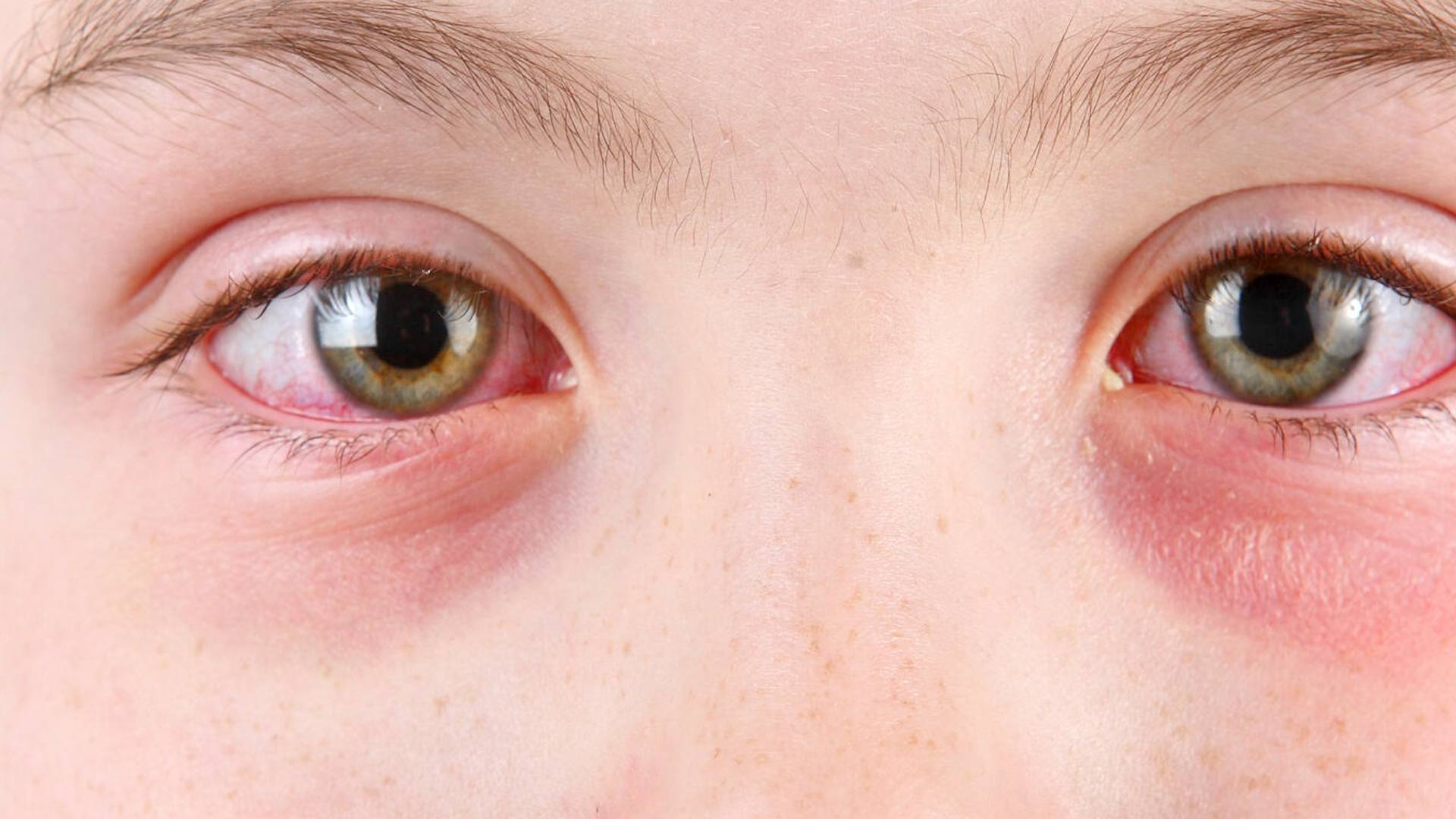Pink eye is extremely common in kids. According to the Centers for Disease Control and Prevention, public schoolchildren in the U.S. miss 3 million school days each year because of pink eye.
Dr. Tina Ardon, a Mayo Clinic family physician, explains what you should know about this contagious condition.
Journalists: Broadcast-quality video (1:06) is in the downloads at the end of this post. Please courtesy: "Mayo Clinic News Network." Read the script.
"Pink eye, or the medical term is conjunctivitis, typically is a red or pink, irritated eye that can present with other symptoms, like tearing of the eye, itchiness, and sometimes pain and discharge," says Dr. Ardon.
Pink eye is an inflammation of the transparent membrane that lines the eye and eyelid. It's most often caused by a virus, but bacterial infections and allergies can sometimes be the culprit.
"How we treat conjunctivitis depends on what causes it," says Dr. Ardon. "Most commonly, we're still dealing with viruses. So those will resolve on their own without intervention. Sometimes we do consider treating that with an antibiotic drop if it is bacterial in nature."
She says, like common colds and the flu, pink eye is contagious and taking certain precautions is key.
"Most patients may be at risk for contracting this if they touch someone who has the pink eye, rubs their eye, maybe touches their face, doesn't wash their hands consistently," says Dr. Ardon.
Because pink eye is most often viral, antibiotics usually won't help. Treatment is focused on symptom relief.
"They may find themselves to be a bit more comfortable if they use items such as a warm compress to alleviate some of their symptoms. And rest, again, can be really helpful," says Dr. Ardon.








